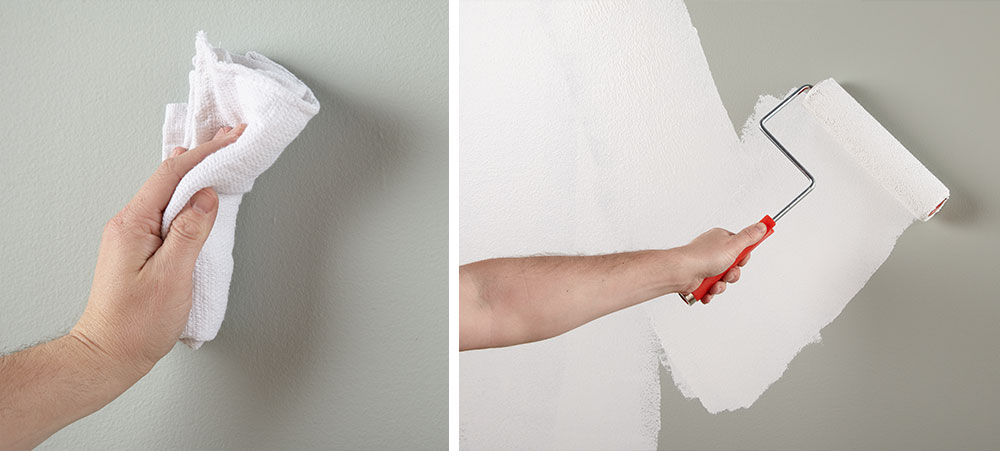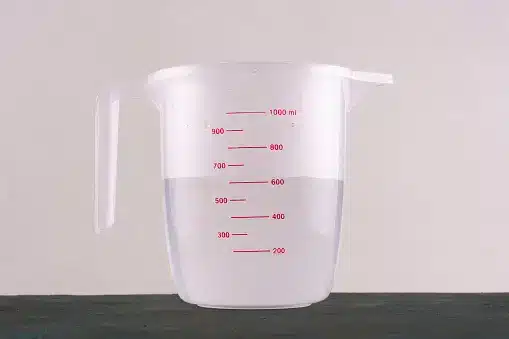The world of painting and home improvement can sometimes feel like a labyrinth of advice, tips, and products. When it comes to priming, a crucial step in achieving a flawless finish, there are a host of misconceptions that can leave you feeling puzzled. One such puzzling question is: how many coats of primer do you really need?
In this article, we will debunk the misconceptions surrounding primer coats. We’ll explore the role of primer, the factors influencing the number of coats required, and guide you through the process of achieving that perfect, paint-ready surface.
Say goodbye to primer confusion as we set the record straight.
Table of contents
What is the Purpose of Primer in Painting?
The purpose of primer in painting is multifaceted, and it plays a crucial role in achieving a successful and long-lasting paint job. Here are the primary purposes of using primer in painting:
Surface Preparation
Primer prepares the surface for paint by creating a uniform and consistent base. It helps the paint adhere more effectively to the substrate, ensuring that the paint won’t flake or peel over time.
Sealing
Primer seals the surface, preventing the absorption of paint and other materials into the substrate. This is especially important when painting porous or uneven surfaces, such as wood, drywall, or plaster.
Adhesion
Primer improves the adhesion of paint to the surface, ensuring it bonds securely. This is essential for long-term paint durability, preventing issues like paint flaking, chipping, or blistering.
Stain Blocking
Some primers, especially those designed for specific applications like stain-blocking primers, help prevent stains and discoloration from bleeding through the paint. This is valuable when painting over surfaces with water or smoke damage, tannin bleed, or other stains.
Promoting Paint Durability
Primer enhances the overall durability of the paint job. It shields the surface from moisture, UV rays, and other environmental factors that can cause paint to deteriorate over time.
Enhancing Color Uniformity
Primer provides a consistent base color, which helps the final paint color appear more true and vibrant. Without primer, the underlying surface color or imperfections may affect the final paint color.
Smoothing and Filling
Some primers, like high-build or sandable primers, can be used to fill small imperfections in the surface, such as fine cracks or minor surface irregularities. They provide a smoother surface for the paint.
You should read: What Age Do You Graduate High School?
How Many Coats Of Primer Should I Use?
The number of coats of primer you should use can vary depending on several factors, including the type of surface you are painting, the condition of the surface, and the type of primer you are using. In many cases, a single coat of high-quality primer is sufficient to prepare the surface for paint. However, there are situations where more than one coat of primer may be necessary. Here’s a general guideline:
New or Unpainted Surfaces:
For most new or unpainted surfaces, one coat of primer is typically enough. This applies to surfaces like drywall, wood, or metal that are in good condition and have not been previously painted.
Previously Painted Surfaces:
If you are painting over a previously painted surface with a similar color or type of paint, one coat of primer is usually sufficient to provide a fresh surface for the new paint.
Stained or Discolored Surfaces:
When dealing with surfaces that have stains, discolorations, or water damage, you may need to use a stain-blocking primer. In some cases, two coats may be required to prevent the stains from bleeding through.
Check out this related content: Which Group is a Primary Supporter of Hunter Education?
High-Contrast Color Changes:
If you are making a significant color change, especially from a dark to a light color or vice versa, using a primer with good hiding power can be beneficial. In such cases, two coats of primer may help achieve a more even and true color for the final paint.
Porous or Rough Surfaces:
Highly porous or rough surfaces, like bare wood or textured walls, may benefit from two coats of primer to ensure proper coverage and sealing.
Problem Surfaces:
When dealing with challenging surfaces, such as heavily weathered or damaged areas, it may be necessary to apply multiple coats of primer to properly prepare the surface. These areas might include exterior wood that has been exposed to the elements or surfaces with extensive peeling or flaking paint.
It’s important to read the manufacturer’s instructions for the specific primer you are using, as some primers may recommend multiple coats for certain applications. Additionally, the condition of the surface and the type of paint you plan to use can influence the number of primer coats required. If in doubt, consult with a professional painter or follow the recommendations provided by the primer manufacturer for the best results.
Check out this related content: How Tall is Trippie Redd? Everything About the Rapper
What are some common Misconceptions About Primer
Misconception 1: Primer Is Only for Hiding Stains
While primer can be used to hide stains and discolorations, its purpose extends far beyond that. Primer is primarily used to prepare the surface for paint, improving adhesion, durability, and the overall finish of the paint job.
Misconception 2: You Always Need Multiple Coats of Primer
This is not necessarily true. In most cases, a single coat of high-quality primer is sufficient to prepare the surface for paint. More coats are only required under specific conditions, such as dealing with extreme color changes or challenging surfaces.
Misconception 3: Primer and Paint Are the Same Thing
Primer and paint serve different purposes. Primer is designed to prepare the surface and enhance paint adhesion, while paint provides the desired color and finish. While some products combine primer and paint, they may not be suitable for all situations.
Misconception 4: Primer Can Fix All Surface Imperfections
Primer can help smooth minor imperfections, but it won’t magically fix severe surface issues. Major cracks, holes, or extensive damage should be properly repaired before applying primer.
Misconception 5: Primer Is Only for Interior Use
Primers are available for both interior and exterior applications. Using the appropriate primer for the specific surface and conditions is essential for a successful paint job.
Misconception 6: You Don’t Need Primer on Previously Painted Surfaces
Even when painting over previously painted surfaces, using primer can improve paint adhesion and create a consistent base. It is especially useful when switching from oil-based to water-based paint or when dealing with glossy surfaces.
You should read: How Tall is Jack Skellington? All the Facts and Details
Conclusion
More coats aren’t necessarily better. The key to a successful paint job is in selecting the right primer, properly preparing your surface, and applying it with care. With this newfound clarity, you can confidently approach your painting projects and achieve a professional finish that truly stands the test of time.
Frequently Asked Questions
Primer serves as the foundation for paint, providing adhesion, sealing the surface, and ensuring a uniform finish. It helps paint adhere better, prevents bleed-through, and promotes paint durability.
In most cases, applying multiple coats of primer is unnecessary and can lead to problems like cracking or uneven paint. One high-quality coat is usually enough.
One-coat primer formulations are designed to provide effective coverage and adhesion in a single layer. Two-coat primers may be used when dealing with specific surface issues or when additional sealing is required.
While primer and paint combinations exist, they may not be suitable for all situations. They are best used on previously painted surfaces that are in good condition. For challenging surfaces, a separate primer is often recommended.
References
- kilz.com– how many coats of primer
- thespruce.com– how many coats of primer
- primpainting.com/– how many coats of primer
Recommendations
- 26 Legitimate Ways to Get a Costco Student Membership for Free
- What Age Do You Graduate High School?
- Which Group is a Primary Supporter of Hunter Education?
- How Tall is Trippie Redd? Everything About the Rapper
- How Tall is Jack Skellington? All the Facts and Details
- How Big is 5 Inches? 6 Items with Accurate Measurement






